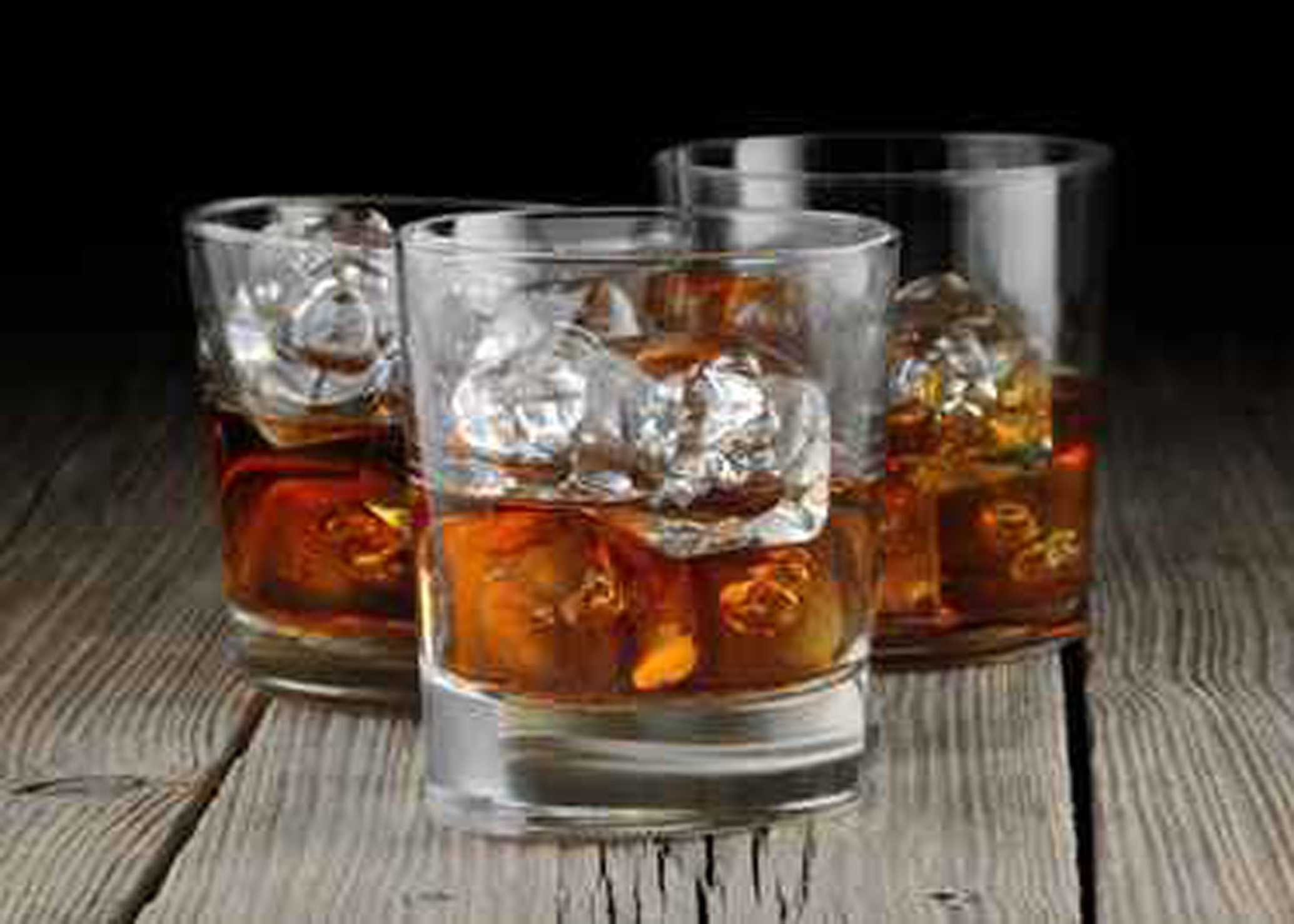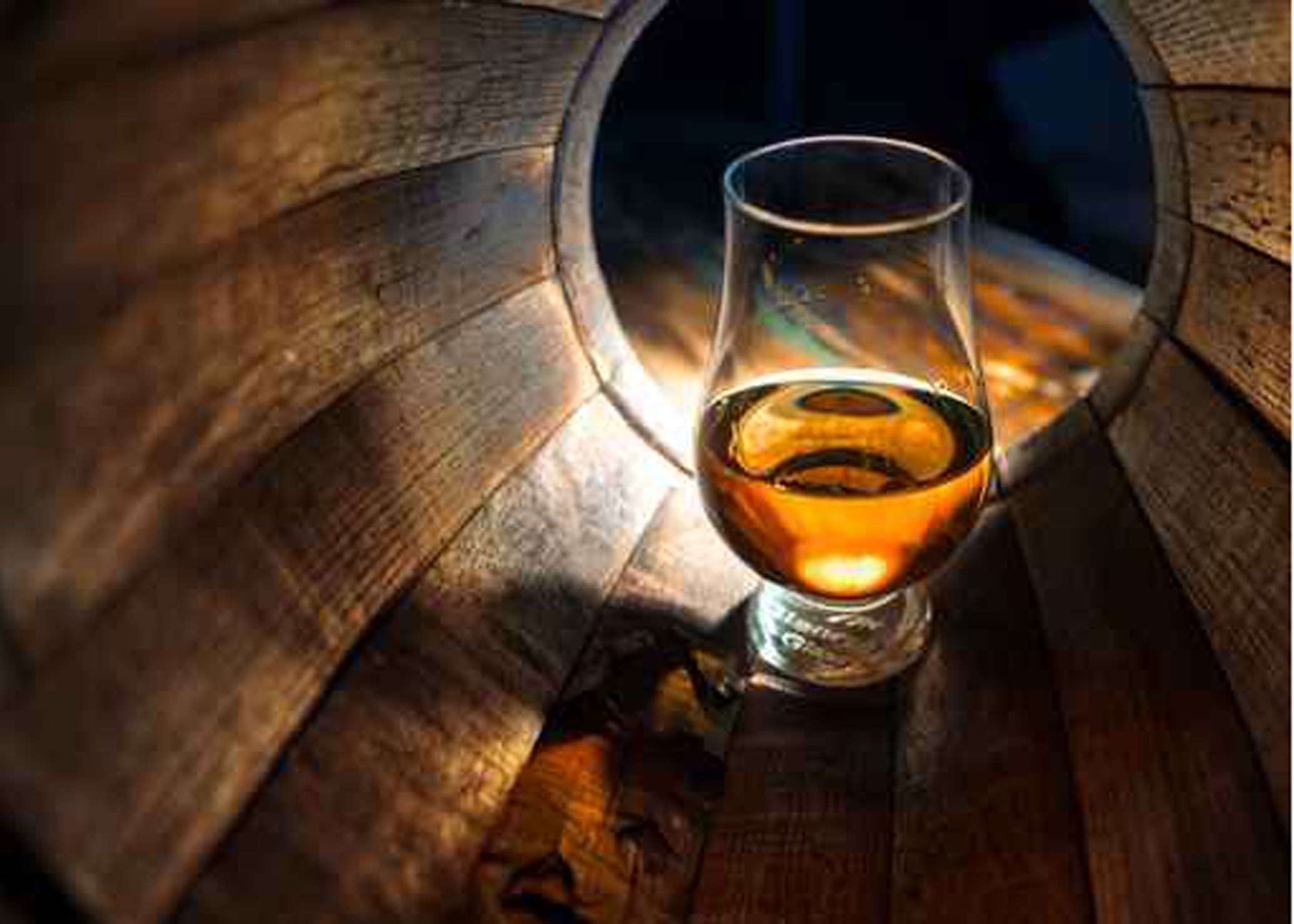Whiskey 101
The Making of Whiskey
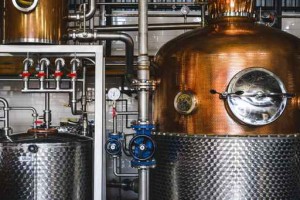 The making of whiskey is certainly a fine art, created by dedicated whiskey makers for centuries. The method of making whiskey is a lengthy and complex process, unique for each creator. The purpose of this site is not to delve into the intricacies of the full Whiskey making process and techniques, but instead to give you guidance of the fundamentals of what is involved. We believe this is important to provide you with an appreciation of how different elements involved affects the outcome of the finished product to provide each whiskey with its very own unique style, characteristics, and flavour.
The making of whiskey is certainly a fine art, created by dedicated whiskey makers for centuries. The method of making whiskey is a lengthy and complex process, unique for each creator. The purpose of this site is not to delve into the intricacies of the full Whiskey making process and techniques, but instead to give you guidance of the fundamentals of what is involved. We believe this is important to provide you with an appreciation of how different elements involved affects the outcome of the finished product to provide each whiskey with its very own unique style, characteristics, and flavour.
To look at the process in its most basic of forms, the making of whiskey can be seen as:
Making beer -> boil it in copper -> leave in a cast -> drink and enjoy!
But of course, there is so much more techniques and elements to this. And we will explore some of these here.
Now sit back in a comfy chair, put your feet up and have your favorite glass of whiskey on hand as we delve in and explore the unique making of whiskey.
Stage One: The Grains
The very first element of making whiskey is grains. The grain is important for its starch. The distiller will use this starch to transform it into a sugar-rich solution. This is done in one of two ways:
- Cooking the grain
- Mixing ground cereal with hot water into a mash.
Once the sugary liquid is created the distiller will then add yeast to make the alcohol. This process is referred to as malting.
Whiskey is a cereal based spirit, but that is only a small part. Each different type of cereal used assists in contributing a unique flavour and texture to the whiskey.
Blending is a carefully chosen process that a distiller may use to create their unique style and texture of whiskey.
At a high level, the following are different types of grains that can be used. This is by no means an exhaustive list, but to give you an insight to some of the most common grains:
- Barley
- Wheat
- Corn
- Rye
- Buckwheat
- Millet
- Spelt
Distillers in different countries tend to have different whiskey making styles and ingredients with grain varieties including barley, rye, corn and wheat. These grains are discovered in more depth in Different Whiskey Varieties.
Stage Two: Smoking
Adding any smoke texture to whiskey is not a compulsory step, however is one that is adopted by many distillers to create a unique flavour option.
Smokiness is introduced at the beginning of the whiskey making process. It is achieved from peat, which is partially decomposed vegetation. When this is cut and dried, it can be used as an alternative to coal.
DID YOU KNOW in the days before railways reached the Scottish highlands, peat was the only fuel that distillers could use to dry their malt, and therefore their whiskies were smoky.
Smokiness does not come from water, but from the actual burning of peat. This smoke contains oils, and this is what sticks to the husk of damp barley, which adds the flavour. The more smoke that is created in this process, the smokier the end result of the whiskey will be.
Although common, peat is not the only form of smoking. American whiskey distillers like to experiment with different woods to create their own unique results.
Stage Three: Fermentation
Hot water needs to be added to the dry cereal. This achieves two things:
- Cooks the cereal, liquidizing the starch
- Activates enzymes within the malted barley. This is what converts the mass of starch into sugar.
It is essential for distillers to use a water source that is free from anything that can contaminate their whiskies. It is for this reason that each distiller carefully stores their own water source. At this stage, all the flavour has come from the:
- Cereal/s used
- Any smokiness that has been created
The creation of most whiskey flavors comes from this next stage of fermentation. This is achieved by now adding yeast. Yeast uses up the sugar and turns it into alcohol. In this process the yeast creates a vast range of different flavors. As an example, if left for a longer period of time, more fruity flavors will evolve.
Also the type of yeast used will add an impact to the overall flavor of whiskey. Distillers will use different strains of yeast which is unique to their distillery to create a signature flavour.
Stage Four: Copper Distillation
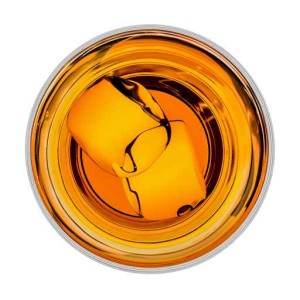 It is this distillation process that separates beer from whiskey.
It is this distillation process that separates beer from whiskey.
After the fermentation process, the solution is made of approximately 10% alcohol and 90% water. The distillation process involves boiling this solution. Each element has a different boiling point; i.e. alcohol has a lower boiling point than water. Therefore the alcohol turns into vapour before the water. This separates much of the water from the alcohol and most importantly, the flavours of the solution are now in a concentrated form away from the water. The distillation process takes place in copper stills. There are two main types of still shapes that can be used:
- Pot Stills
- Column Stills
The shape of the still is important as it effects the creation of the final flavor of the whiskey. This is because the copper holds onto the heavy elements within the alcohol flavors that are rising up the body of the still. Therefore the longer the still body, the lighter the overall characteristics.
Stage Five: Maturation
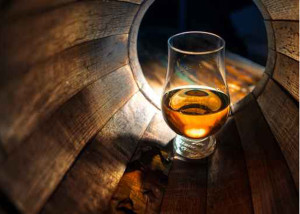 The final stages is maturation. There are some whiskey types that are bottled immediately after the distillation process, these are typically known as “White Whiskey”. However, typically solutions are allowed to age and mature before they are truly called whiskey.
The final stages is maturation. There are some whiskey types that are bottled immediately after the distillation process, these are typically known as “White Whiskey”. However, typically solutions are allowed to age and mature before they are truly called whiskey.
This process must take place in Oak casks. It is the interaction between the cast and the solution during the maturation process that provides the final element to the overall flavor of the whiskey. The three main types of different types of oaks used in this process can include:
- American Oak: can provide aromas of vanilla, coconut, cherry, pint, sweet spice and tobacco
- European Oak: has aromas of dried fruit, clove and resin
- French Oak: provides more pronounced spiciness



